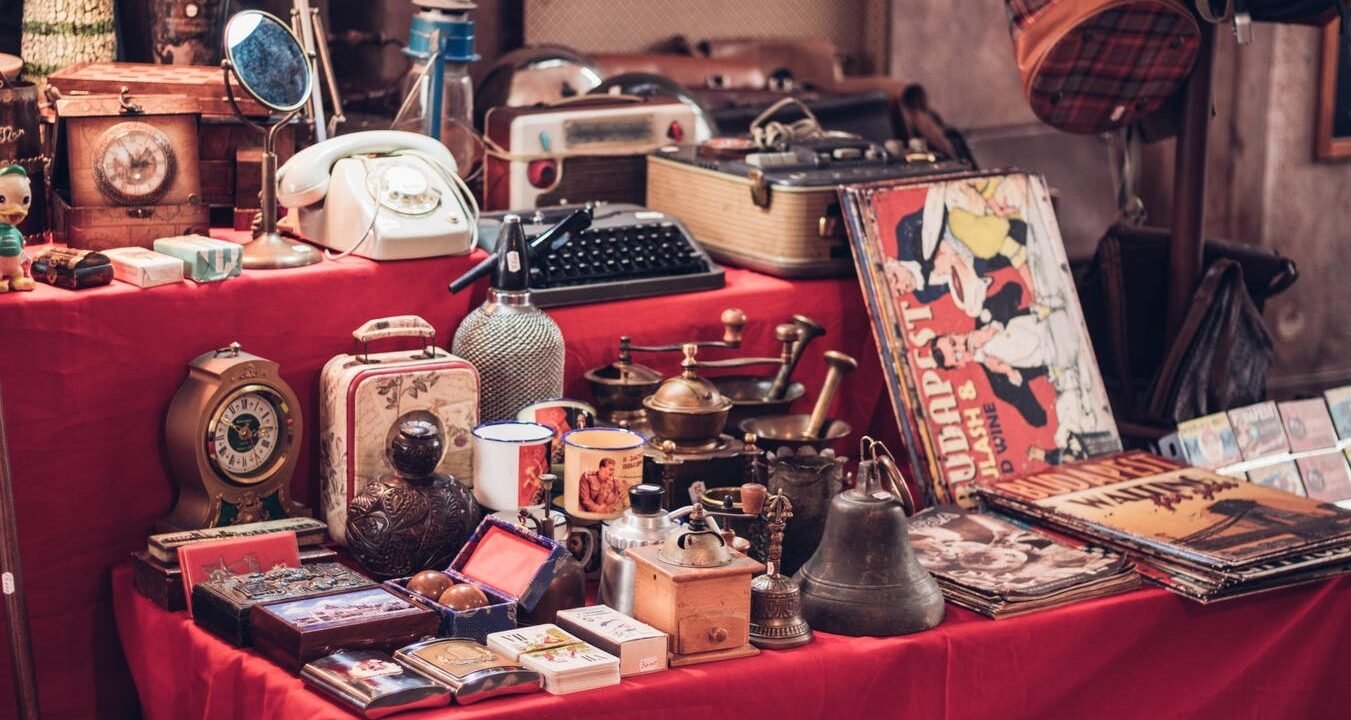
Antique watches, magazines, phones, suitcases and other retro products
The Million-Dollar Mistake Most Wealthy Families Make
Imagine finding a Jackson Pollock worth $50 million in a trailer or a Chinese vase selling for 43 million pounds after being valued at just 1 million pounds. These stories highlight a common oversight among ultra-high-net-worth individuals: underestimating the value of their art and collectibles. Without specialized estate planning, these valuable assets can lead to millions in taxes, family disputes, and forced sales.
Understanding the Unique Nature of Art and Collectibles
The problem often starts with a misunderstanding. Many wealthy families categorize art as conventional investments, like stocks or bonds. However, art and collectibles are distinct; they do not generate income like other financial assets. Your Monet or Picasso, while visually stunning, remains financially silent, demanding a unique approach to estate planning.
When Estate Plans Collide with Artistic Reality
Consider a scenario where an estate plan includes a marital deduction trust funded with artwork. The surviving spouse might expect income from these assets, but a $10 million art collection produces none. The trustee faces a dilemma: sell cherished pieces or risk violating the trust’s purpose. This turns a tax-efficient strategy into a family tragedy, forcing the sale of artworks meant to be preserved.
Sophisticated Strategies and Their Complexities
Sophisticated strategies, like Grantor Retained Annuity Trusts (GRATs), add layers of complexity. Funding a GRAT with a single valuable piece might seem advantageous, but it involves costly annual appraisals and IRS valuation challenges. Instead of creating tax benefits, it results in administrative burdens and potential disputes over fractional ownership.
The Charitable Donation Disaster
Donating art to charities can be fraught with pitfalls. Without proper planning, a generous act could backfire. If the art was self-created or held as inventory, deductions are limited to the cost basis, often negligible, rather than market value. Moreover, if the museum sells the artwork within three years, the IRS might recapture the deduction, leading to penalties.
The Possession Paradox
Collectors often want to enjoy their art while claiming tax benefits for donations—a legal impossibility. Complete gifts require relinquishing all control, a principle upheld in cases like Parkhill v. United States and Linton v. United States. Retaining possession can result in continued estate tax liability, nullifying the intended benefits.
The Valuation Nightmare
Art valuation is more art than science. Unlike stocks, artwork lacks daily pricing, making valuations expensive and subjective. Estates can spend significant time and money on appraisals, facing IRS challenges that prolong the process. This, coupled with liquidity issues, can lead to cash flow crises, forcing sales at substantial discounts.
Traditional Advisors and Their Limitations
Most estate planning professionals excel with traditional assets but lack expertise in art and collectibles. They often miss nuances like fractional interest valuations and IRS requirements for charitable contributions. This knowledge gap can lead to costly posthumous corrections and strained family dynamics.
The Solution: Specialized Expertise
A specialist in art and collectibles estate planning offers the expertise necessary to navigate these complexities. The approach involves designing trust structures that accommodate non-income-generating assets and creating specific provisions for artwork management. They craft estate plans that respect the unique nature of these assets, establishing separate trusts or art management committees when needed.
Optimizing Tax Strategies and Mitigating Risks
Effective tax optimization requires understanding the intersection of gift, estate, and income tax rules specific to collectibles. I help clients navigate charitable contribution rules, structuring gifts and sales to minimize tax impact. Proper documentation and planning protect against IRS challenges, ensuring deductions are maximized.
Preserving Family Harmony and Legacy
Preserving family harmony involves developing succession plans that honor both financial and sentimental value. We create mechanisms for shared ownership and enjoyment, setting clear guidelines for collection management. The aim is to enhance family relationships, ensuring collections are cherished rather than contentious.
Your Legacy Deserves Better
Your art collection is more than financial value; it represents your taste, passion, and often your family’s heritage. Without specialized planning, these assets can become liabilities. The question isn’t whether you can afford specialized planning but whether you can afford not to. The potential disasters of treating art like traditional investments far outweigh the cost of proper planning.
The Time is Now
Don’t let masterpieces become burdens. The complexity of art and collectibles planning means procrastination can be costly. As market conditions, tax laws, and family situations change, addressing these issues now ensures flexibility and peace of mind. Your art deserves sophisticated planning, and your family deserves the assurance that your collection will be preserved according to your wishes. Let’s ensure your artistic legacy receives the attention it deserves.










